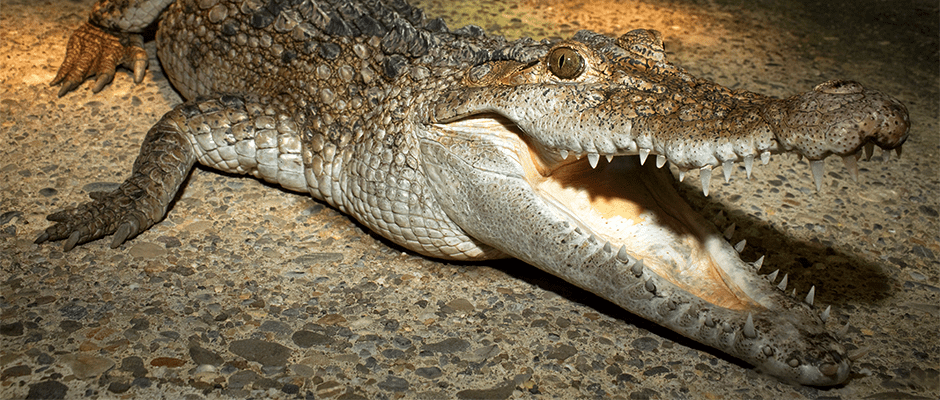Share this article
Does media presence create false sense of species’ success?
The images of Kellogg’s Frosted Flakes’ Tony the Tiger, Cheetos’ Chester Cheetah and Toys R Us’ Geoffrey the Giraffe surround us all the time.
But how does the widespread presence of endangered charismatic species affect the public’s perception about their status in the wild? A research team set out to find the answer, in a study published in PLOS Biology.
Lead author Franck Courchamp, CNRS director of research at the University of Paris-Saclay, France, first tried to determine what people deemed the top 10 charismatic species globally. He and his colleagues created a survey asking participants to list what they considered to be the 10 most charismatic species. At a science museum, the team asked attendees the same questions. To get more children’s perspectives, the team provided the questionnaire to children at schools in France, the UK and Spain.
Then, the team took note of all of the species on zoo websites in the 100 largest cities in the world as well as animals displayed on the covers of Disney, Pixar and DreamWorks movies. They determined the 10 most charismatic species to be the tiger (Panthera tigris), lion (Panthera leo), elephant, giraffe, leopard (Panthera pardus), polar bear (Ursus maritimus), panda (Ailuropoda melanoleuca), wolf (Canis lupus), gorilla and cheetah (Acinonyx jubatus). After researching data on the species, the team determined all of the species except for one, the gray wolf, were of global conservation concern, and wolf populations in the United States remain on the endangered species list.
To find out if people knew about how threatened these species were, the questionnaire asked if participants thought the species were endangered or not. What they found was surprising.
“Most people got it wrong on their own species that they nominated and think they are not endangered,” Courchamp said. That included people with higher education levels, including about 100 students at the University of California Los Angeles.
The question was, how come people don’t know they’re endangered if they see them every day and talk about them every day?” he said. “First, I could not figure out why and could not make this connection.”
Courchamp hypothesized that because people virtually see these charismatic species every day, they believe they are more common than they actually are. A team of 48 volunteers recorded the virtual animals they saw among the 10 charismatic species. On average, he said, they saw a total of 31 of these animals a week. Most of these images were parts of brands.
“When people don’t know species are threatened of extinction, they won’t offer conservation dollars, Courchamp said. “It makes sense that there is a lack of support because of lack of information.”
Since species were seen in brands so often, Courchamp wondered, could there be a way to rectify the situation? “It struck us that to use any images, brands have to pay for copyrights,” he said. “They have to pay, but not for animals.” He suggests brands and sport teams provide financial support to conservation efforts of the species they use in their logos.
Some companies are already doing this, he said. Lacoste has partnered with the Save Our Logo campaign to conserve crocodilians and in a partnership with the International Union for the Conservation of Nature, it recently replaced its crocodile logo with endangered species, directing proceeds to wildlife conservation efforts.
“If they give a tenth of a percentage of anything that they sell to the species, it’s a huge amount of money for conservation, and would not be a big loss for those companies,” Courchamp said.
Header Image: The Philippine crocodile (Crocodylus mindorensis) is one of the species the Lacoste brand partnered with to conserve. Researchers suggest companies help conserve the species in their logos. ©Brian Gratwicke








